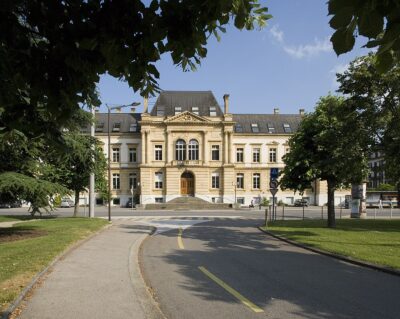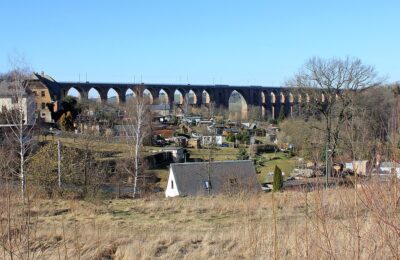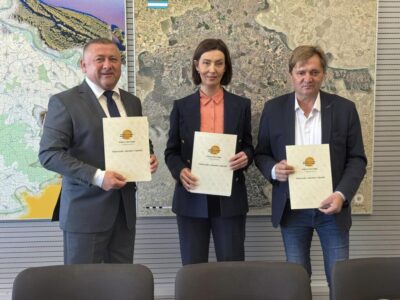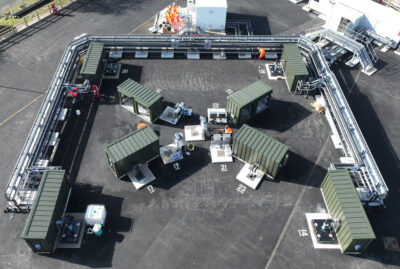Geothermal research kicks off at UK Geoenergy Observatory in Glasgow, Scotland
The first well is about to be drilled at the UK GeoEnergy Observatory in Glasgow, Scotland as part of drilling campaign for 12 boreholes of various depths, which will enable research into Glasgow's geology, its underground water systems and the potential for heat from the water in the city's disused coal mines.
The first borehole is underway at the UK Geoenergy Observatory for Glasgow, allowing scientists to ‘see’ underground at the world-class geothermal energy research site in the east end of the city. Marking the beginning of the 15-year research investment, a 7·2-meter high drilling rig broke ground on the site to form the first borehole for the observatory.
Over the next 15 months, the drilling team will create 12 boreholes of various depths, which will enable research into Glasgow’s geology, its underground water systems and the potential for heat from the water in the city’s disused coal mines. One of the biggest aims of the project is to find out whether there is a long-term sustainable mine water resource that could provide a low-cost, low-carbon heat source for homes and businesses.
Measurements will be taken from the boreholes, such as temperature, water movement and water chemistry. Environmental baseline monitoring of near-surface chemistry, gases and waters will also be measured.
Lord Henley, the Undersecretary of State at the government’s Department of Business, Energy & Industrial Strategy, was joined by representatives from NERC and the British Geological Survey (BGS), who are leading the project.
The observatory is one of two sites proposed in the GBP31 million ($40m) UK Geoenergy Observatories investment commissioned by NERC, the UK’s leading funder for environmental sciences, and operated by BGS, the UK’s principal provider of impartial geological evidence since 1835.
The Glasgow Geothermal Energy Research Field Site will enable the UK science community to study the low temperature mine water geothermal environment just below the Earth’s surface.
Lord Henley said: “Clean growth and innovation go hand in hand, so as part of our modern Industrial Strategy we’re investing GBP31 million ($40 million) into projects like this which could transform derelict coal mines into valuable low carbon sources of energy. Reusing deep mineshafts could help to reinvigorate local economies, creating new high-skilled jobs and boosting supply chains in traditional mining communities.”
Tracy Shimmield, Co-Director of the Lyell Centre, BGS Scotland, said: “The British Geological Survey will operate the Glasgow Geothermal Energy Research Field Site, which will enable the UK and countries around the world to better understand how our industrial legacies can be turned into renewable heat sources. The observatory will tell us how much heat is down there, whether it can be sustainably used and replenished, and if it could power homes, businesses or even entire cities. This is the first time that this part of the Earth will be monitored closely and consistently, and once again NERC and BGS are at the forefront of innovation in environmental science.”
Professor Zoe Shipton, Professor of Geological Engineering at the University of Strathclyde and Chair of the UK Geoenergy Observatories Science Advisory Group, said: “More and more of the solutions to decarbonising our energy supply will need to come from beneath our feet. Ensuring we take forward these solutions in a sustainable way means understanding more about how the system works. The UK Geoenergy Observatories will build up a high resolution picture of the underground system, providing a breakthrough in our understanding. This hasn’t been done anywhere else in the world. What we learn in Glasgow will lead the way in understanding how to balance our need for resources, with keeping people safe and protecting our environment.”
BGS will make data from the Glasgow observatory available online from 2019. Data is already being collected and interpreted – the core samples taken from the ground during the drilling process will become a key data source for the project.
Source: NERC


















